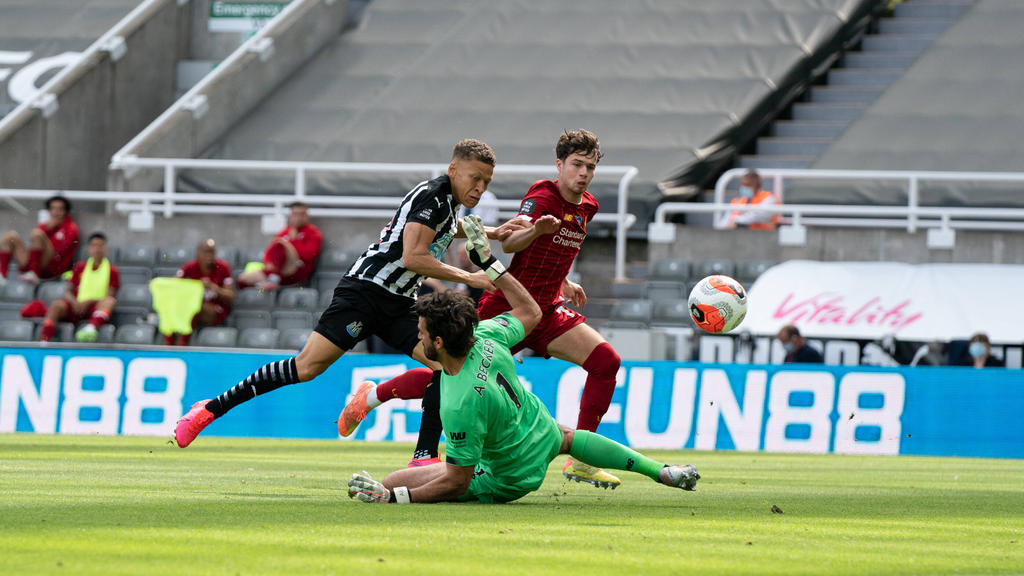Some spectators allowed to return to sports events in England

Premier League clubs can look forward to welcoming back spectators in highly limited numbers next month for the first time since March, following an announcement by the British government on Monday.
Up to 4,000 people can return to outdoor sports stadiums in parts of England classified as at low risk from coronavirus from December 2, the government said, permitting the resumption of attendance at football, rugby and racecourses among other sports.
The crowd ceiling will be set at 4,000 or half the stadium capacity, whichever is lower, in the lowest-risk "tier one" parts of the country once a stricter lockdown due to the pandemic ends, the government said.
In "tier two" areas, the limit will be 2,000 outdoors, or half the capacity, it said.
In the highest "tier three" regions where Covid-19 remains acute, no spectators will be allowed.
A few pilot events have been held with spectators, such as a cricket match at The Oval, while Brighton hosted Chelsea before this season's Premier League got underway.
However, England's football and rugby leagues, and horse racing venues, have not welcomed spectators since the first lockdown began in March.
Rugby and racing were among the sports to receive financial aid from the government last week.
Sports facing financial losses as a result of the absence of fans from stadiums can access a £300 million 'Winter Survival Package' of loans and grants.
The government said it would spell out which regions of England will sit in which tier on Thursday, based on the latest weekly Covid data.
Prior to the current lockdown, most of the country including London was in tier two.
But three of the biggest Premier League clubs -- Liverpool, Manchester United and Manchester City -- are located in the highest tier three areas, so it remains to be seen whether they will be allowed to admit fans after December 2.
The government said that where spectators are allowed, only home fans will be permitted, to prevent unnecessary travel on public transport by opposing fans.
Although football clubs will welcome the chance to once again play in front of spectators, many may find the restricted numbers economically unviable.
Lower league clubs are already struggling and awaiting a long-promised rescue package from the lucrative Premier League.
However, David Sharpe, CEO of fourth-tier Mansfield Town, highlighted the costs compared to the benefit of having limited spectators back.
"I am very much of the opinion clubs should be allowed to have over 50 percent of what would be their capacity (Mansfield's is just over 9,000)," he told AFP last month.
"Even if we had the season-ticket holders, who number 1,600, socially distanced, the stewarding and policing costs would go through the roof.
"We would not be allowed to open kiosks to sell beer, and there would be no hospitality, so costs go higher and higher."
The Football Supporters' Association welcomed the announcement.
"Clubs, leagues and the Sports Ground Safety Authority have worked hard to put in procedures to make stadiums safe places and we hope this is the first step on the road back to normality," they said in a statement.
The cap for indoor events in tier one and two regions will be fixed at 1,000, the government said.
There was also good news for grassroots sports such as children's football outside school which will be able to resume after being shut down on November 5.
Former Wales midfielder Robbie Savage, who has spoken about the detrimental impact of suspending grassroots sport, welcomed the news.
"Well done (Culture Secretary) Oliver (Dowden), thank you from thousands of kids around the country and sorry for constantly tweeting you," he wrote on Twitter.






